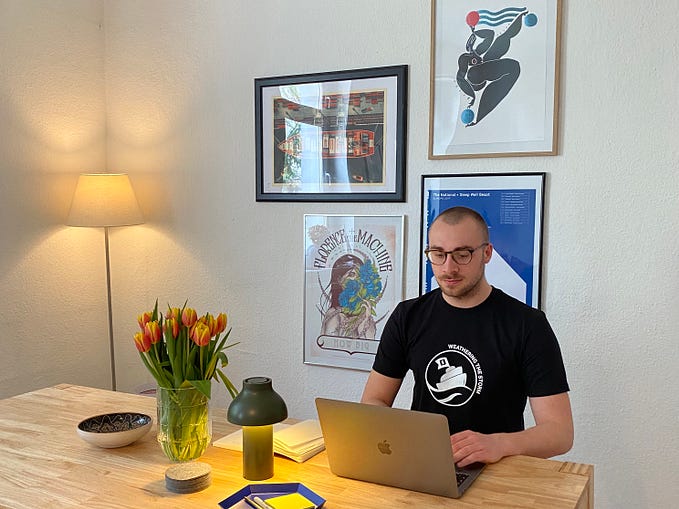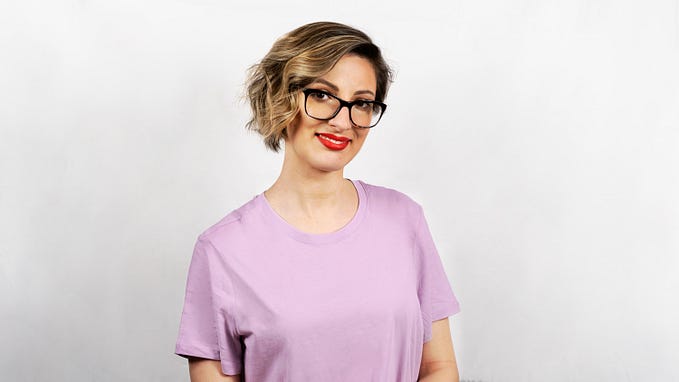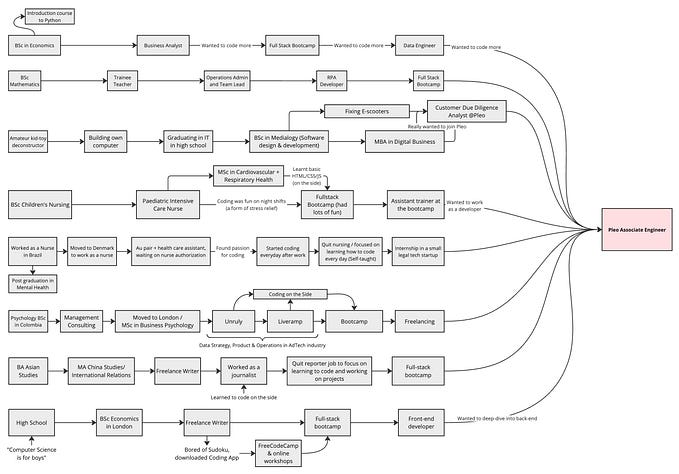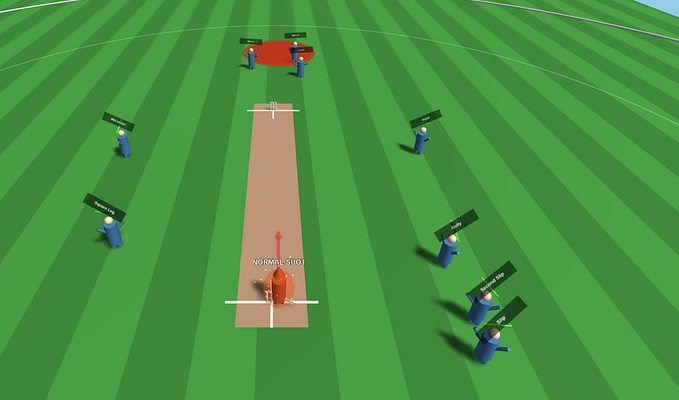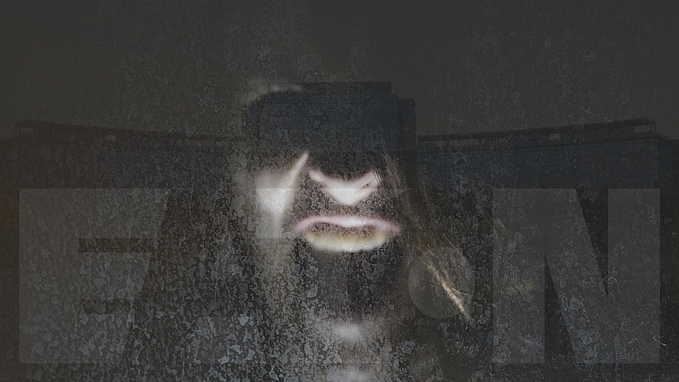Case study: Helping media application transfer into paid service.
Mood Music — Application Design

The purpose of this study is to help an existing free application move towards a paid premium service.
Hypothesis
A startup company launched a media product two years ago. It is a freemium model that has a mobile-web experience and a mobile app for both iOS and Android.
The company’s business strategy was to first build a user base by offering a free product and then evolve the feature set so they could monetize on a premium (paid) product.
At this point, the product has been well received and has a healthy user base of free users. They now need to design an experience that will allow users to subscribe and pay a monthly fee.
Design Process

Discover
As a designer, you’ll use a variety of research methods to gain a deeper understanding of the problem you will ultimately solve while working through the design process.
Empathize (Design principle)
The first stage of design thinking is the empathy stage. This is where you’ll sit with real consumers and end-users to understand their point of view. Empathy requires understanding the pain points and the day by day truth of your target audience.
Secondary Research
Explored the available platform which is currently use premium features over their application such as Youtube, Spotify and extracted few insights from them as follows:
- In an average month, 8 out of 10 18–49-year-olds watch YouTube, and people spend around 112 minutes daily over Spotify.
- Youtube has over 30 million paying subscribers, while Spotify having 155 millions subscribers.
- There are a vast number of plans to choose from for subscription in Spotify while limited number of plans in Youtube.
- Spotify’s plans are diversified spreading from individual plans to group plans, from having a single day plan to week plans to monthly plans giving an added advantage for the user to choose from.
From these insights, a screener survey was given out to a bunch of users aged between 18–30, and 3 participants from the survey were chosen for the user interview process who were using either Spotify’s or Youtube’s membership.
Primary Research
The questions asked during this interview are as follows:
- How often do you use any music/video application on daily basis?
- How do you feel while using those application?
- Have you subscribed to their premium service?
- What are the different plans available for Subscription?
- If you have subscribed, how is the new feel of the application? How has it impacted your day to day usage?
- If you have not subscribed, what makes you feel about the premium not being worthy?
User Quotes:
“Subscribing to the premium doesn’t matter much to general poeple as they are 24x7 connected with the internet.”
“There are not many flexible plans for the user to choose form, not even sharing plans.”
Summarising the findings from primary research:
- The user needs flexible plans to choose from, flexible enough to be shared among family members to sharing between group of friends.
- Adding a new feature to the application which can only be accessed by the application’s subscription.
Empathy Map
An empathy map is a collaborative tool teams can use to gain a deeper insight into their customers, organized by consumer thinking/feeling, what they’re experiencing and pain points.

Summarising the categories from the empathy map:
- People usually do not subscribe to premium service unless it is very unique and it makes their life easier.
- Sometimes people in excitement subscribe to the service and then end up not using it.
User Personas
Created one distinct user personas which helped me align on strategies for moving forward and identify goals that need to be met to provide a good user experience for specific user groups.

Design
The Design stage of the UCD process is the stage in which you start making design decisions and visualizing a solution based on what you learned from your research during the Discovery stage.
Define
Reframing the results from the research phase as “How might we..”(HMW) questions, to turn those into potential problem statements.
- How might we encourage the users to subscribe to the premium service?
- How might we help the users believe that subscribing to the premium service would help them in day to day life?
- How might we help the users to find the best plan that suits their requirement?
- How might we inspire and make people comfortable to use this application on subscription model?
Ideate
Brainstorming solutions to tackle the HMW questions:
- Creating new feature which are extraordinary, which stand out and people find them useful to use.
- Creating a feature which helps user to syncs with their existing music application to know their preferences.
- Creating diverse subscription plans for the users to choose from
- Adding custom colour themes for a better user experience
- Re-imagining the user flow for the new user.
Reimagining — User Flow
A user flow is a visual representation of a specific route that a user might take through your site or app to achieve a goal. As a designer, you’ll need to consider all the ways users could navigate through a site or app to identify the essential path (which is generally the path that is the most direct.)
The existing applications usually have a register option at the initial screen which limits the user to at least try the application in the first place.
Giving them the flexibility to use the application and then subscribing/registering would make them have a better experience with it.

Validate
Low Fidelity Wireframes
Wireflows are a combination of wireframes and user flows. As you learned a couple of units ago, user flows use boxes and lines to represent the screens that a user will interact with while using a product.

Usability Testing
Usability testing is a form of evaluative research that will help you to understand the kinds of problems users might run into when interacting with your product, as well as how satisfied your users will be with the product.
This was done with 4 participants over a zoom call. They were asked to perform 5–6 tasks that had end goals. The testing was done on high fidelity screens.
Objective
- The observe how does the user adapts to the experience of the application for the first time. Are they able to perform the desired task without any hindrance? — To check if they find the benefits of the subscription.
- Identify accessibility issues — through accessibility testing, we can identify problem areas within the app’s user interface and architecture.
The usability test helped to identify issues in the design and helped me improve my initial version of the high-fidelity screens:


The subscription screen was not filled with the appropriate information to give a gist of features which they could use of if they subscribe to premium.
Also the plans were reimagined to give more flexibility to the user.


A lot of user wanted to have an existing experience which they felt from their other application, thus added custom colour themes which allows user to customize their application.
The usability test aided me to learn more about the user’s needs and expectations upfront and helped me refine a better version of the app.
The final version




Here is the link to the prototype.
Styleguide
Typography
In the context of design, fonts (or typography) refer to the system fonts chosen by a company for use throughout their products (such as on their website or app). Font family chosen here is Product Sans.

Color Palette
A company’s color palette is the carefully chosen set of colors that should be used in all branding, marketing, and visual design projects. A color palette sets the tone of a product, site, or app and creates an emotional connection between that product and the user.

Logo
A company’s logo is a graphic element or mark that serves as the primary point of recognition for the organization. It is also the most common graphical representation of the company’s brand identity.

Moving Forward
Mood Music was designed for a mobile platform, and the main focus was to introduce a new feature which helps transition its existing freemium model to a paid service, I would like to make the experience better by adding a desktop version of this application with added features like syncing between different application, personalise themes and a richer lossless sound quality.

